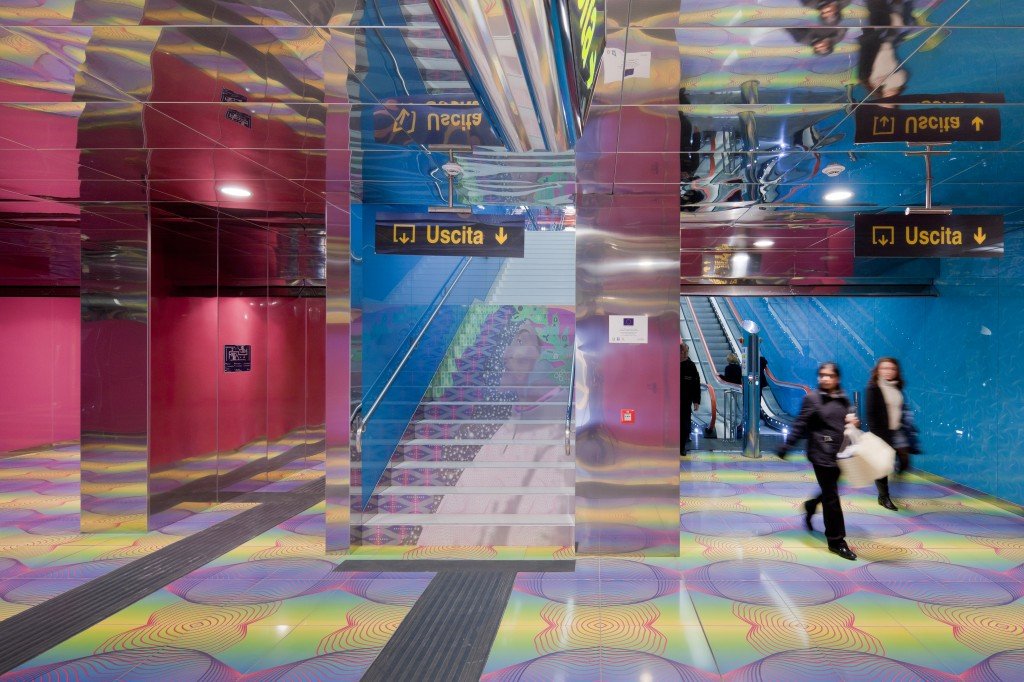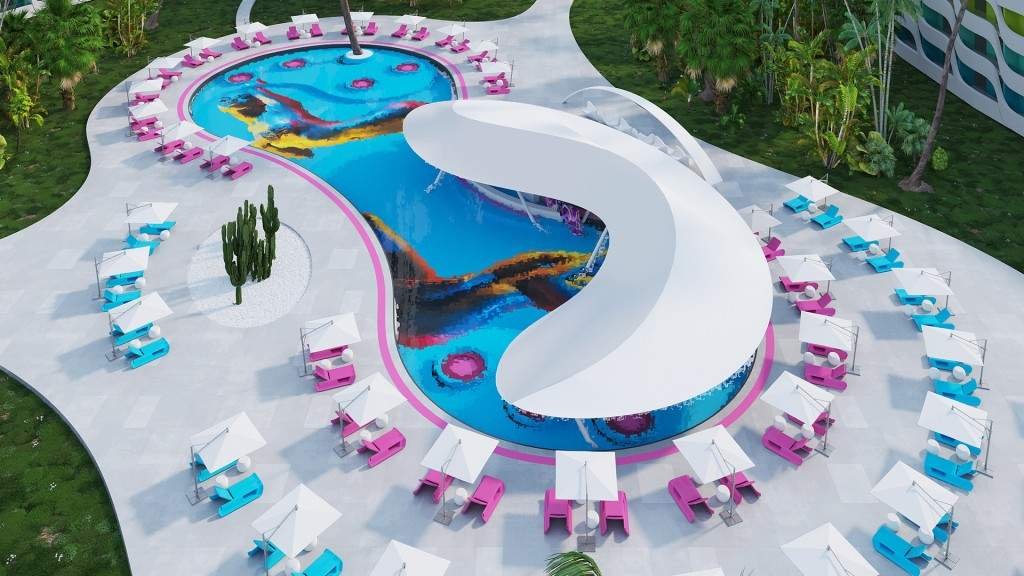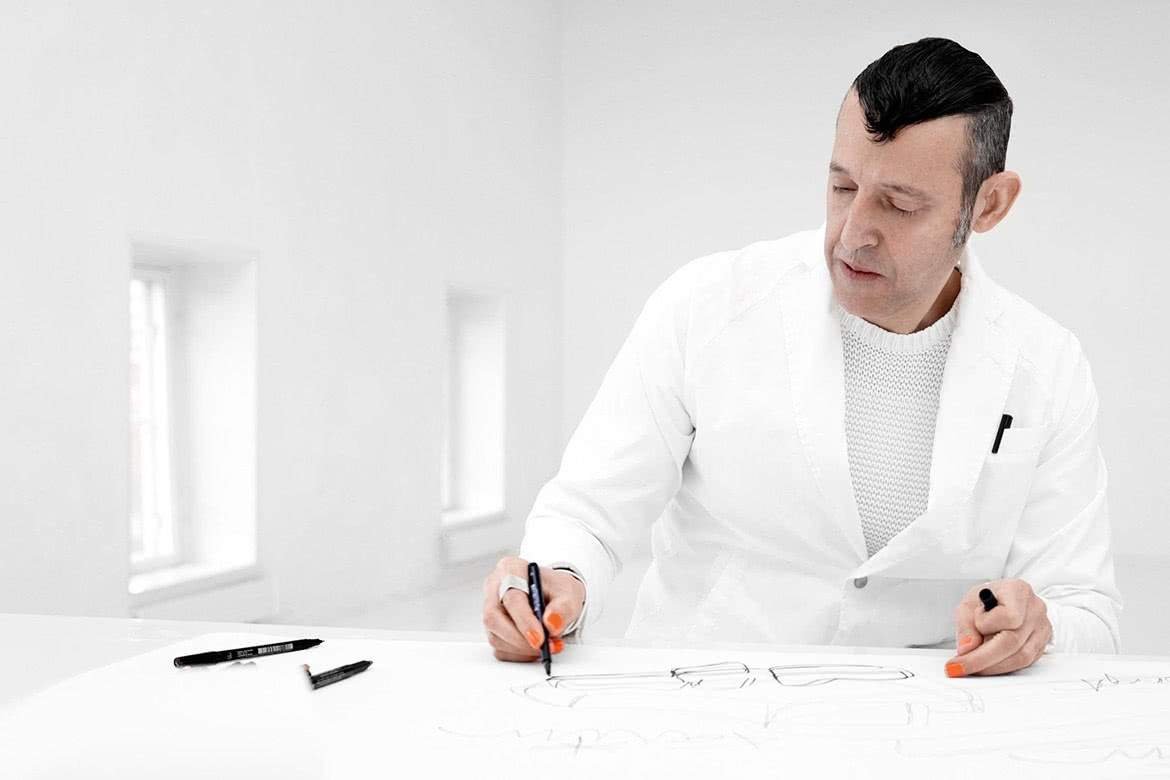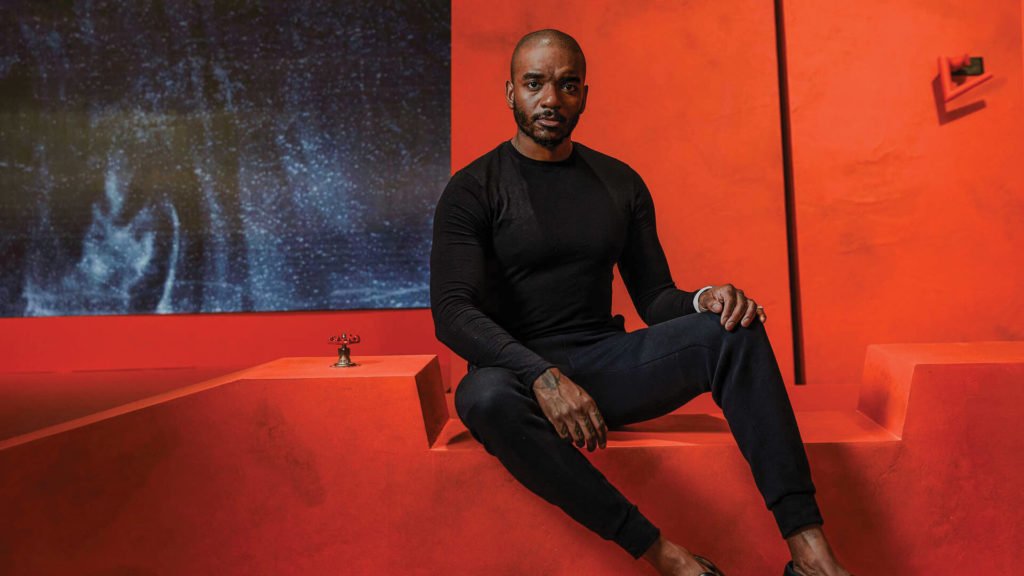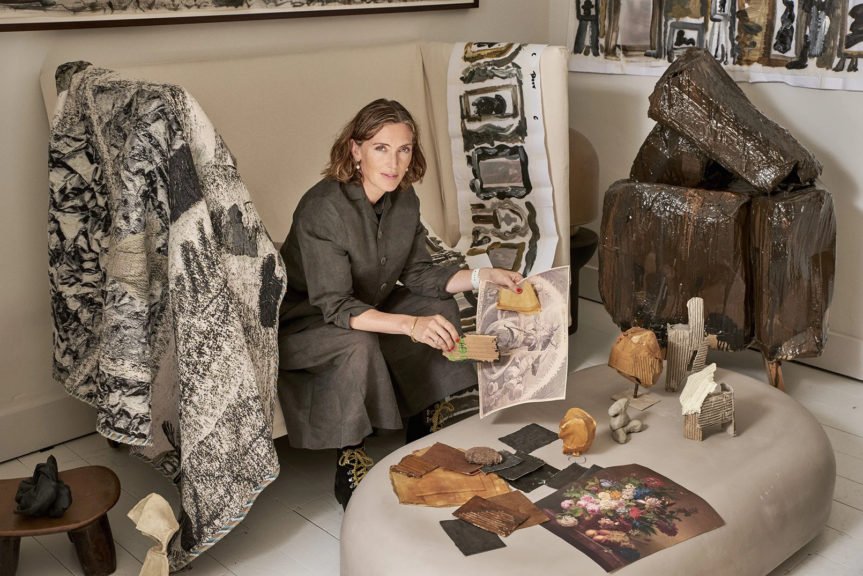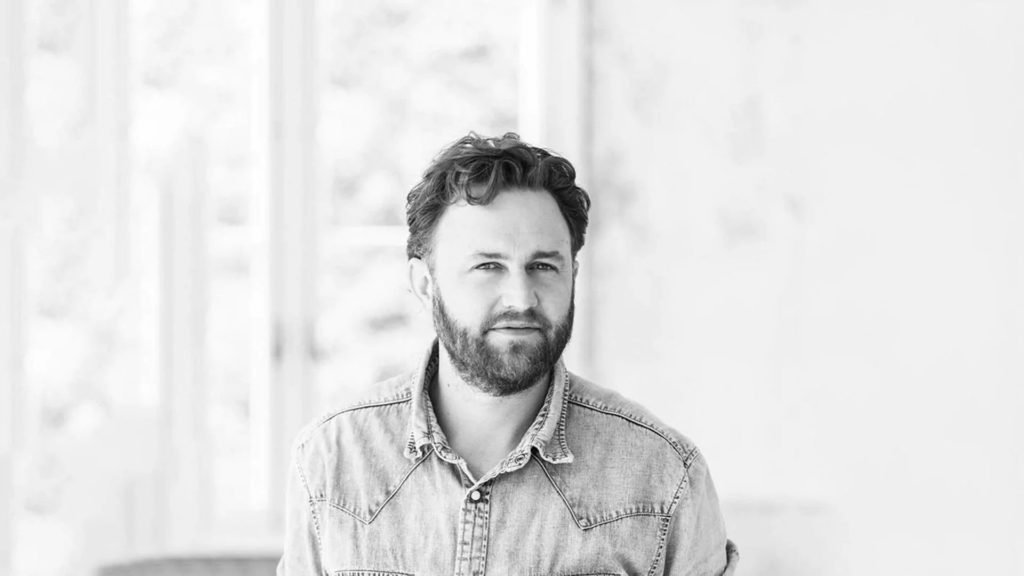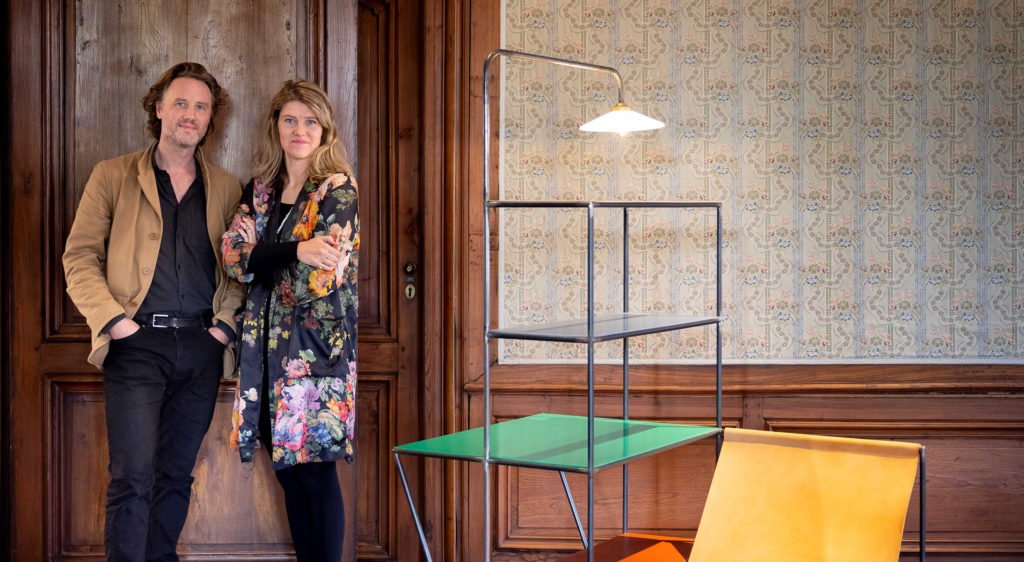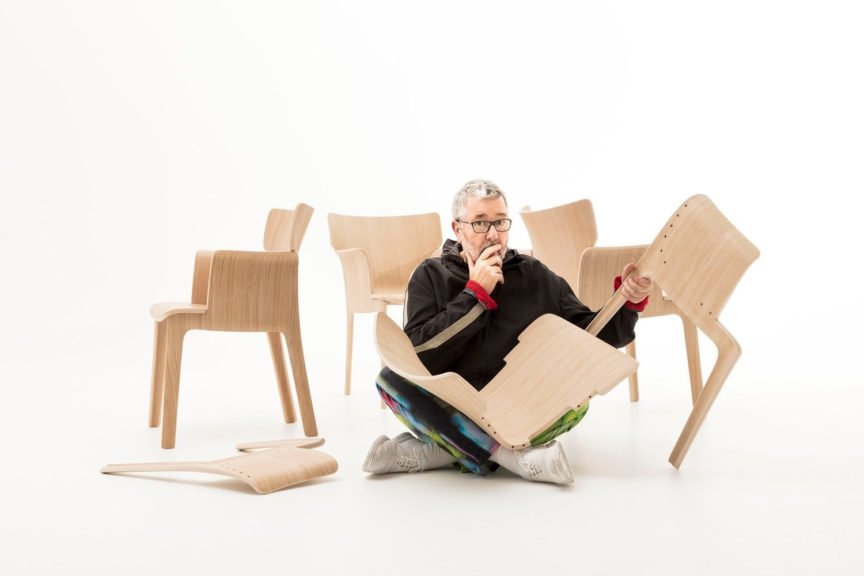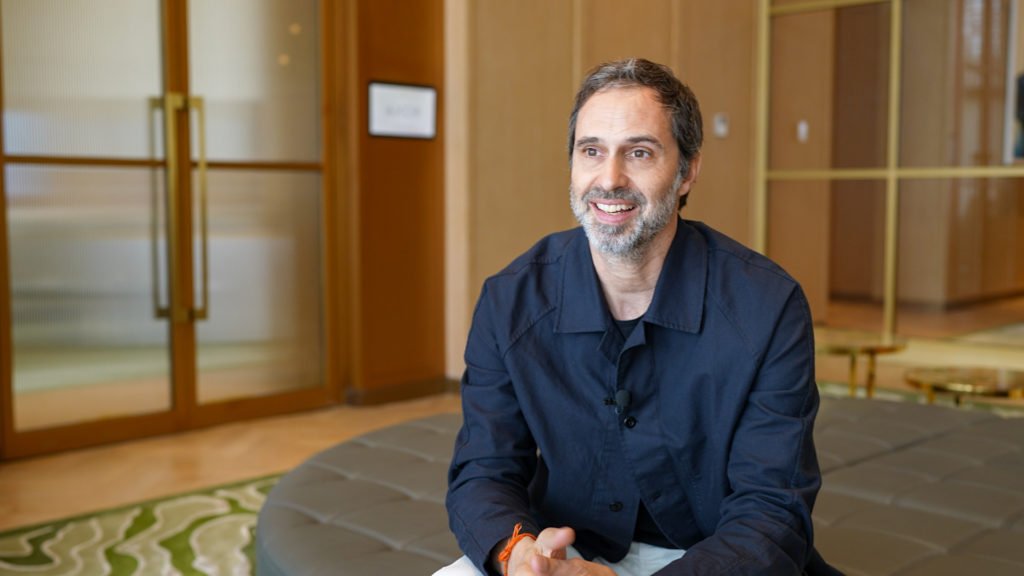Technology… yay or nay?
People like to assume that design moves with superficial trends, but it is technology that drives us. Industrial design and interior design are driven by designers embracing new technologies, whether it is material chemistry, production methods, or mechanical invention. There is a new aesthetic forming, and in order for manufacturers to engage the older generations, it needs to be part of this exciting new digital world, where the virtual and physical blur, where luxury is ease, simplicity, and personalisation.
Where do you see the interior and product design industry five years from now?
Even in this hyper-consumptive world, we will own nothing in the future – this is really nature. We lease cars, we lease houses, and soon we will learn to lease everything, experience it for a short while, and go on to the next. We will create a forever dynamic, ever-vast, changing human condition, where everything will be cyclic, sustainable, biodegradable, customisable, personalisable and seamless.
This is Utopia, this is freedom, and this is nirvana. All the goods in the world will only exist if they give us a new or necessary experience. We will dematerialise.
If you hadn’t become a designer…
When I was a child I wanted to be a mathematician, but now I would consider being an electronic dance musician or a motivational speaker, or a Guru on Globalove.
If you could design anything without constraints…
I feel like inspiration and innovation comes out of limitations. If we had many resources, there would be no experimentation. Sometimes my most creative work has come out of a small budget for interiors or limitations with tooling. But if I must answer, I would design a fantastical home like Palais Bulles.
What is Karim’s ‘Utopia’?
It’s a hyper-consumptive world where we will own nothing. We lease cars, we lease houses, and soon we will learn to lease everything, experience it for a short while, and go on to the next. We will create a forever dynamic, ever-vast changing human condition, where everything will be cyclic, sustainable, biodegradable, customizable, personalizable and seamless. This is Utopia, this is freedom, and this is nirvana. All the goods in the world will only exist if they give us a new or necessary experience. We will dematerialise.

